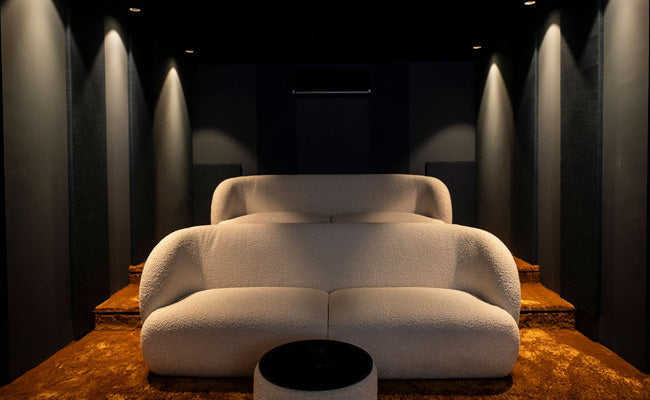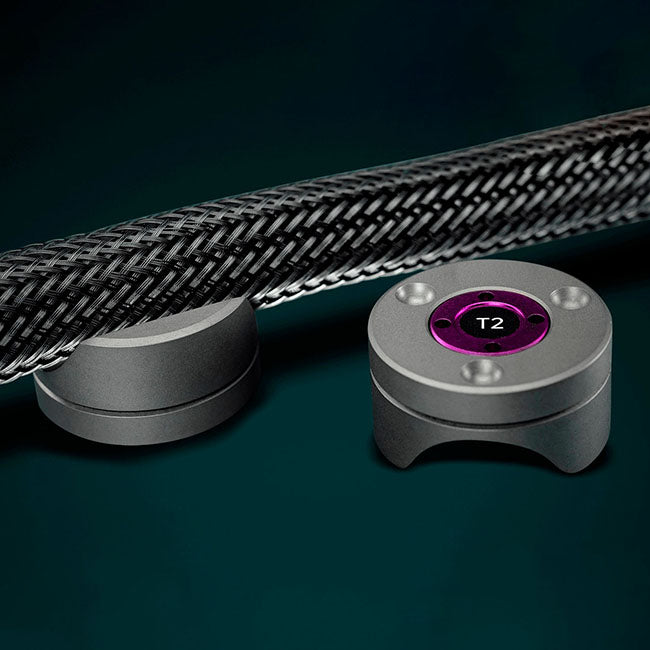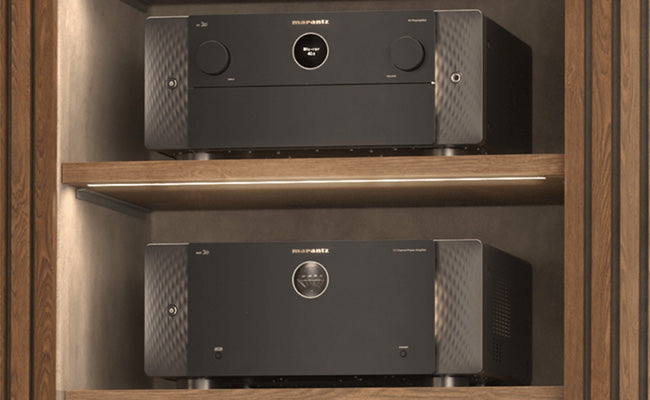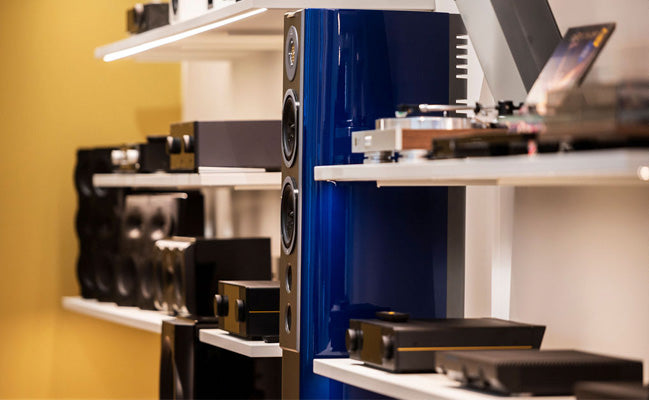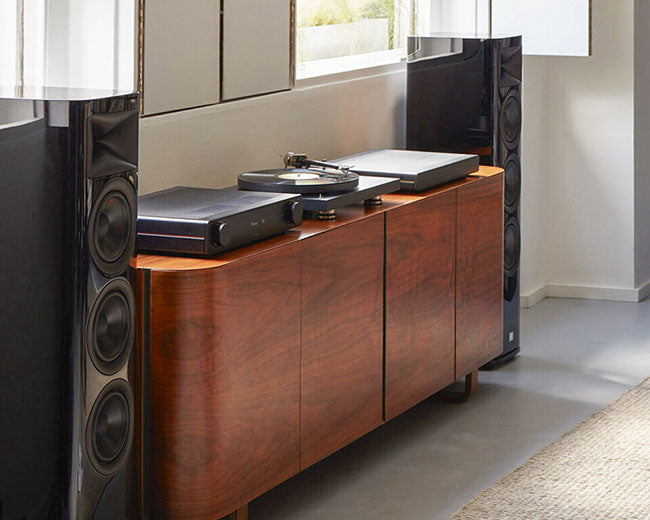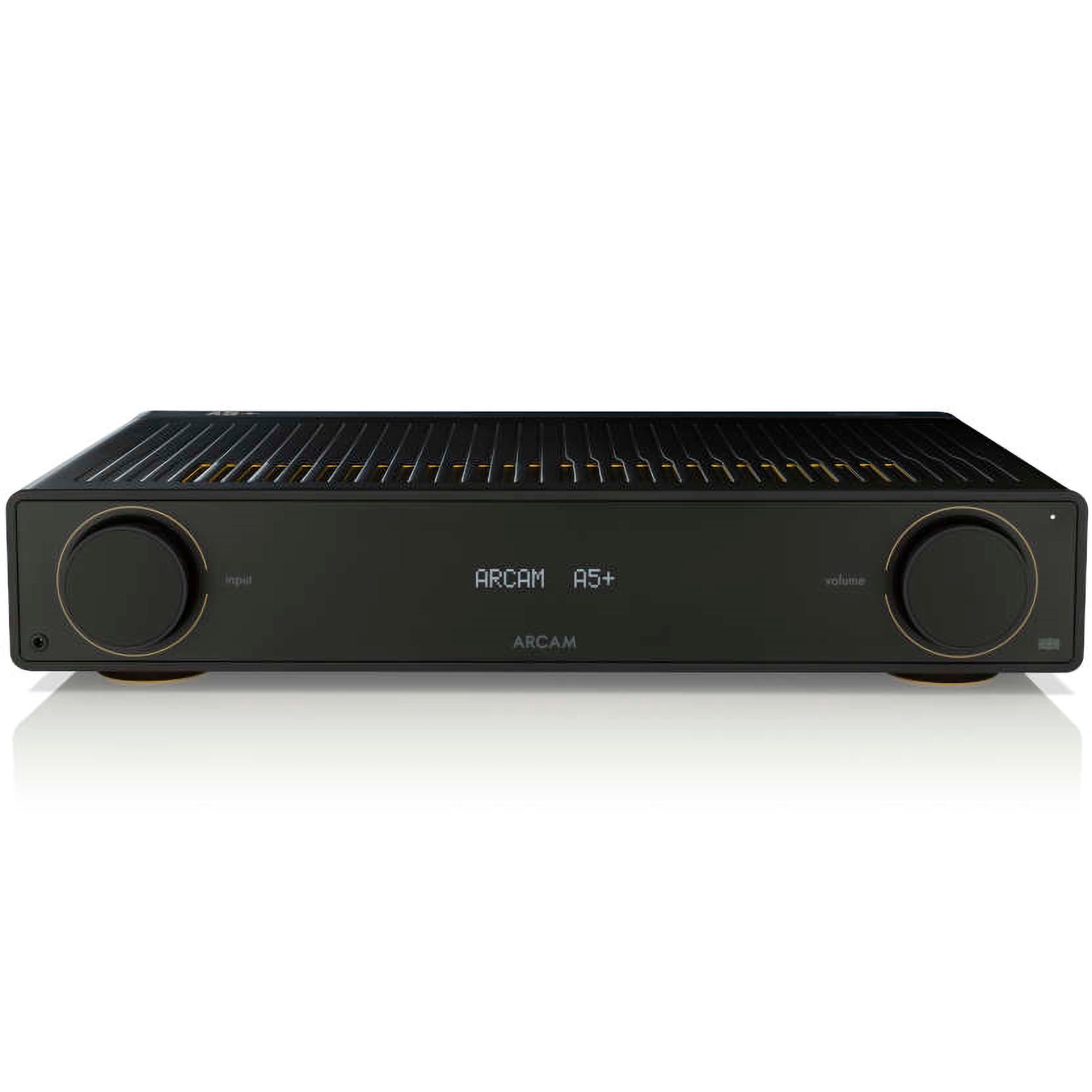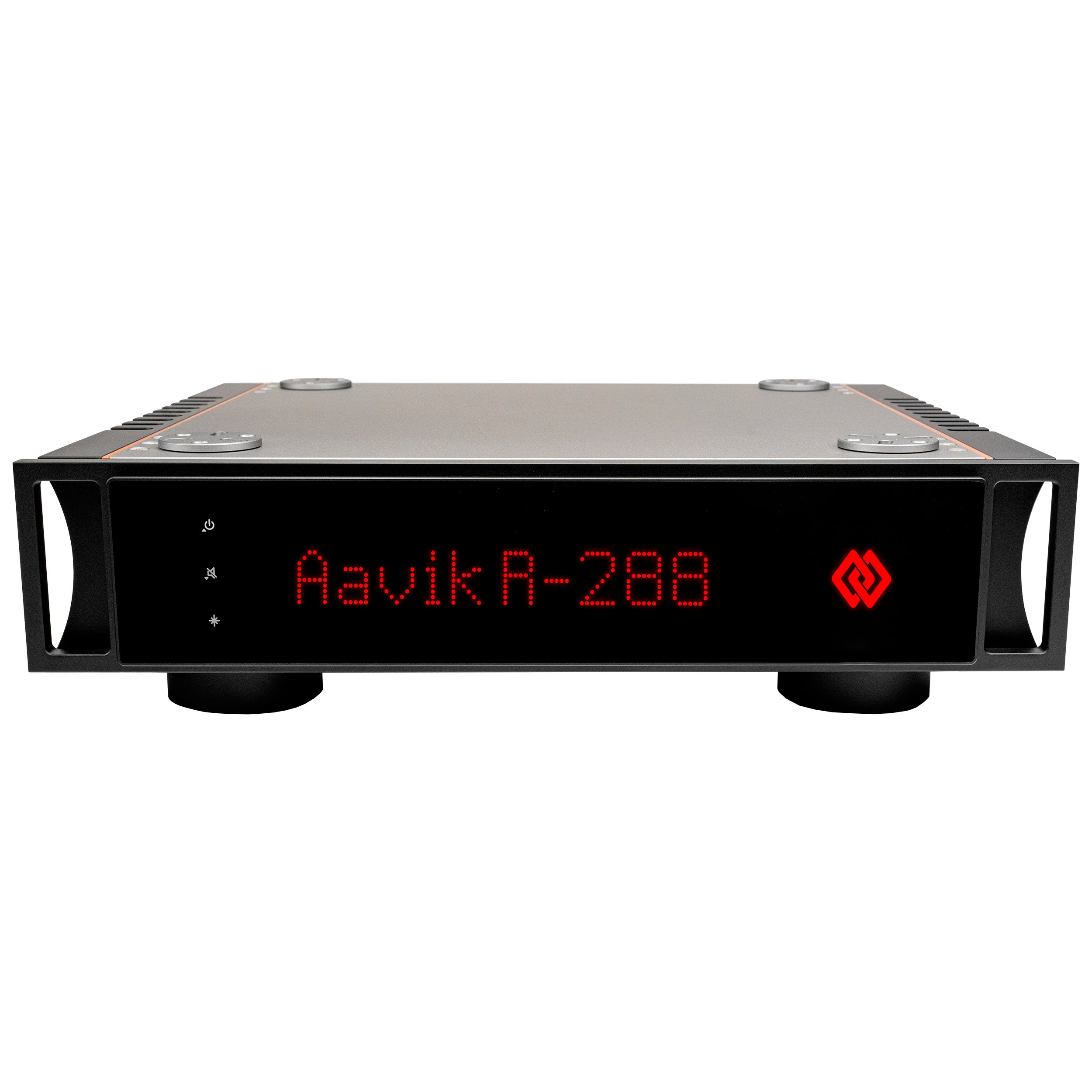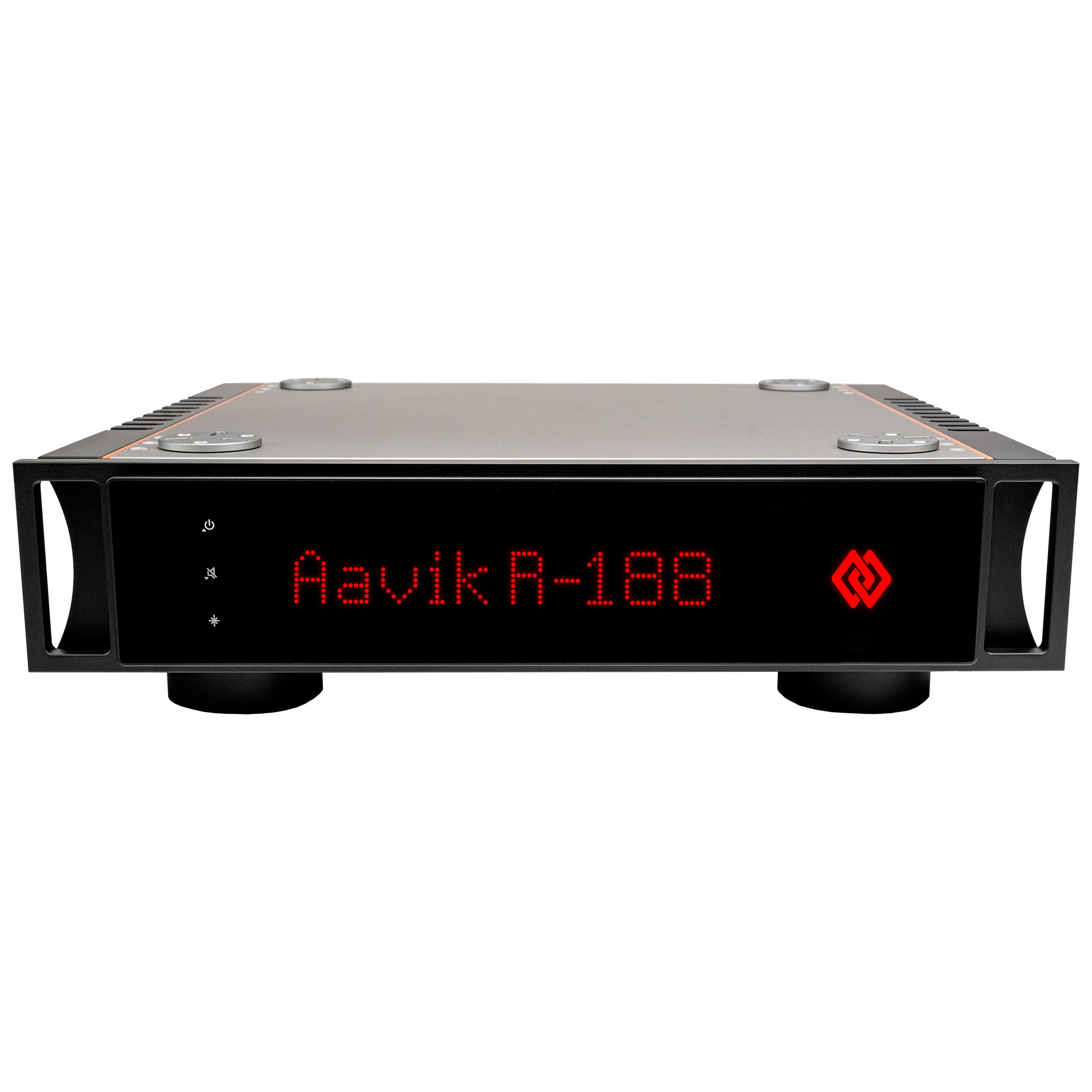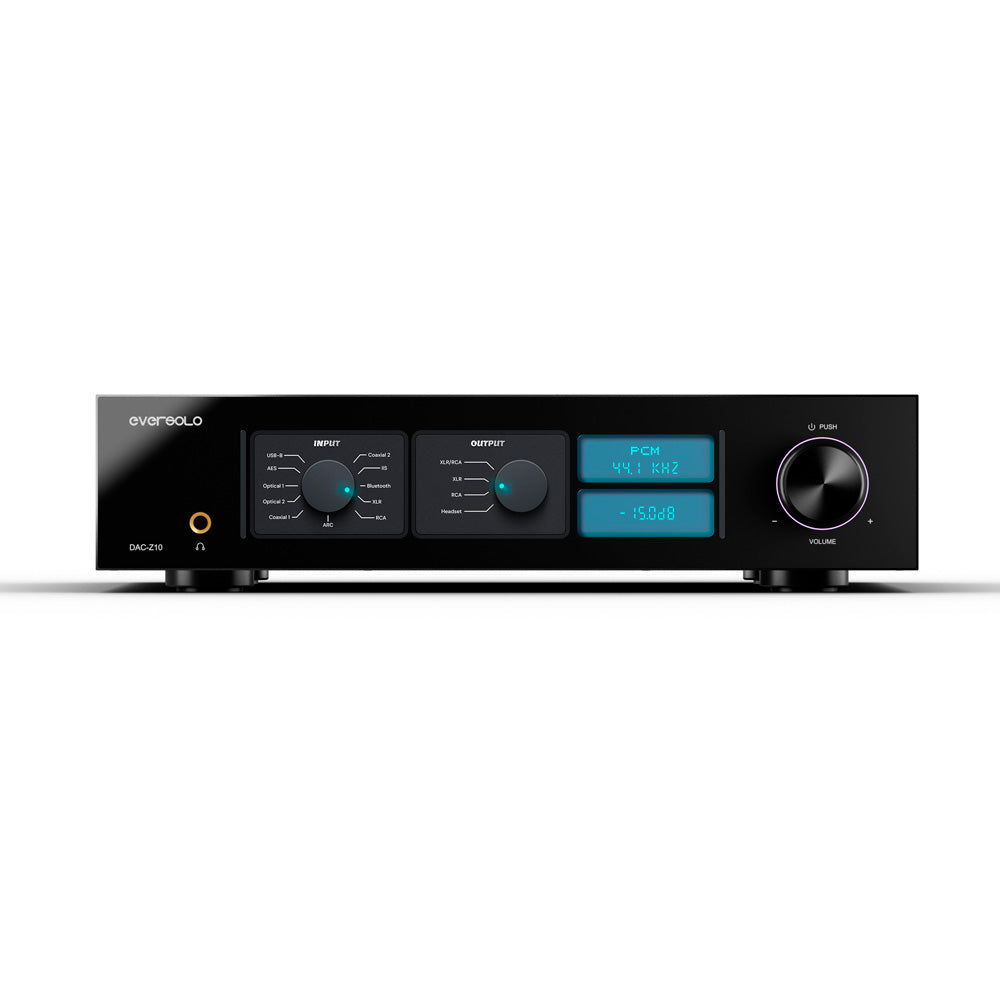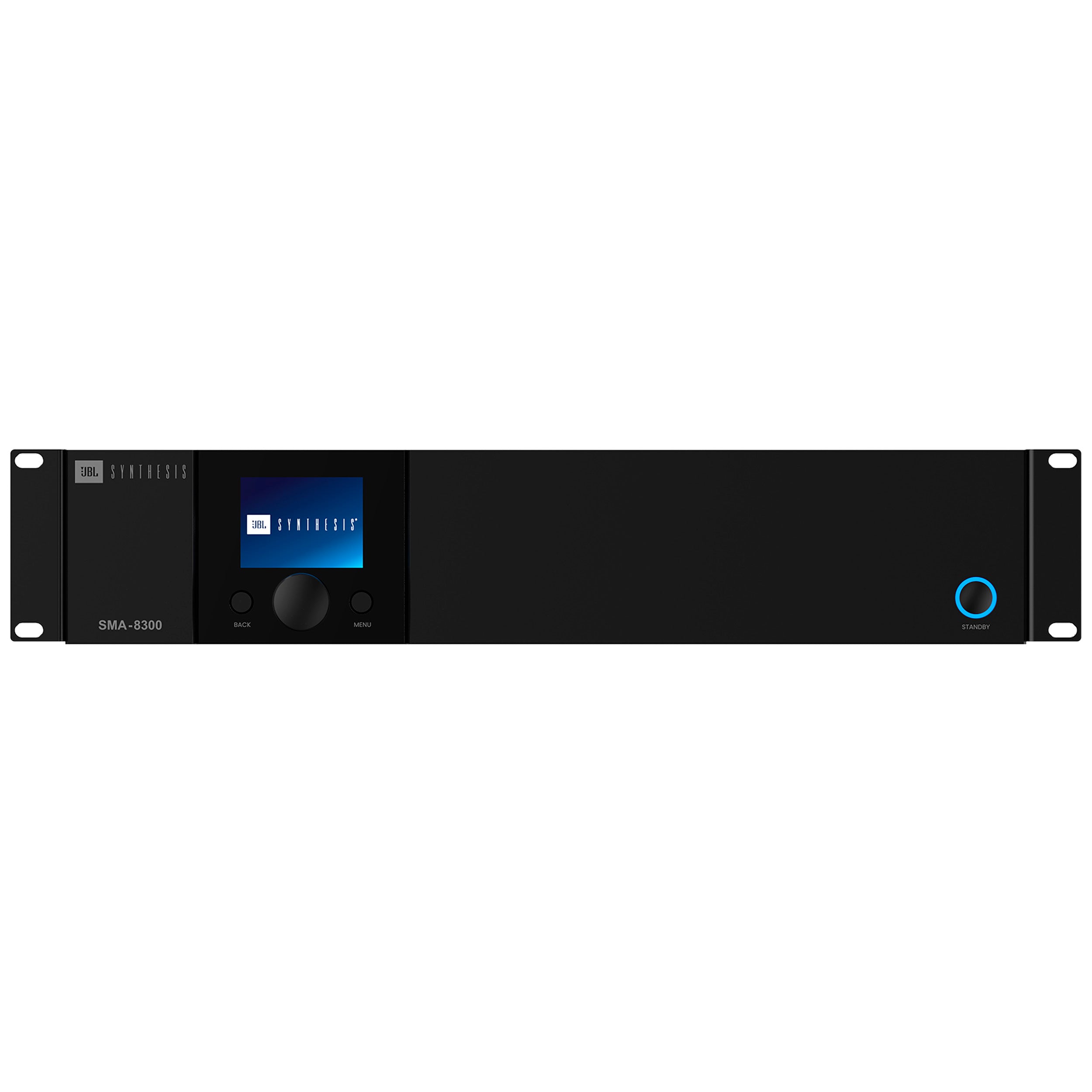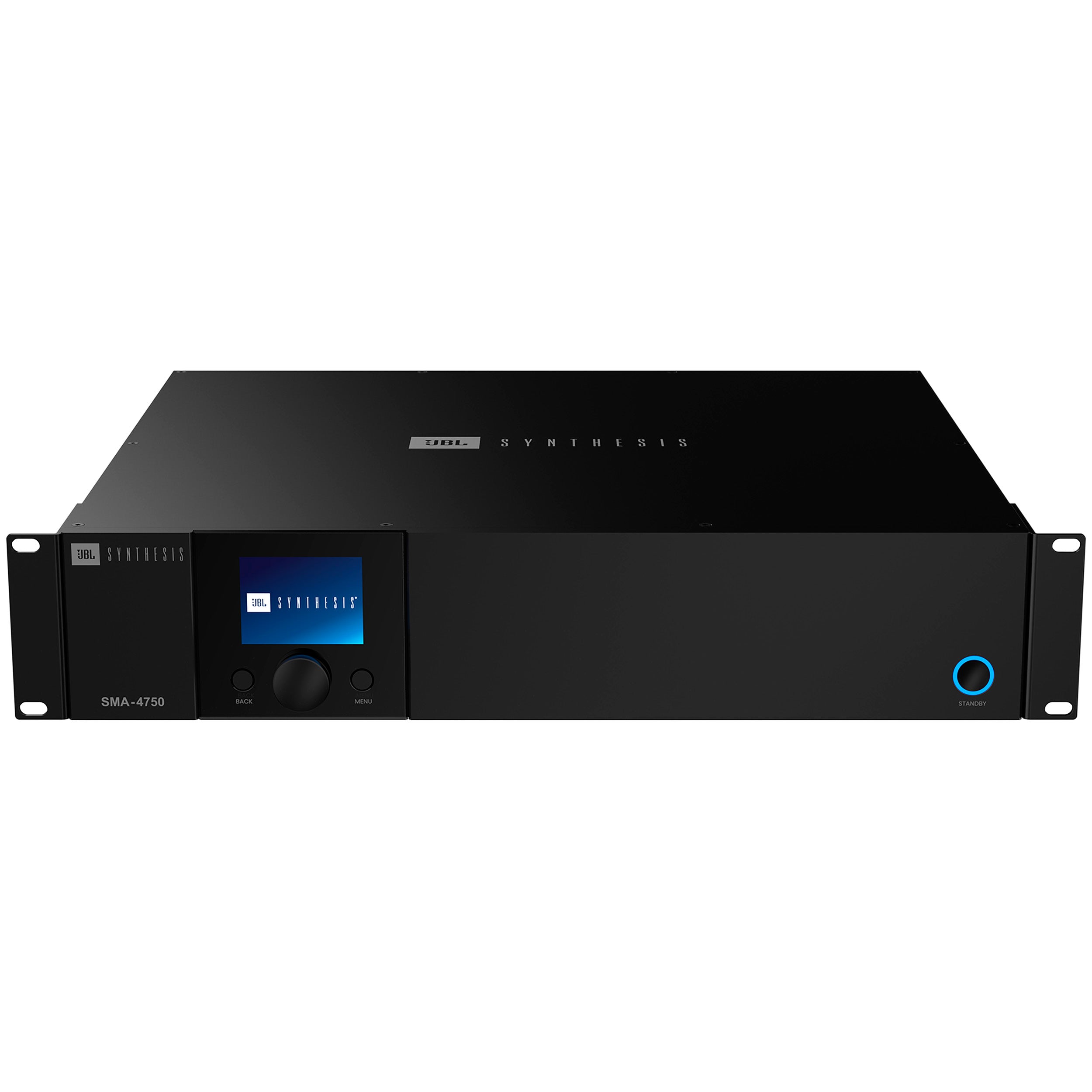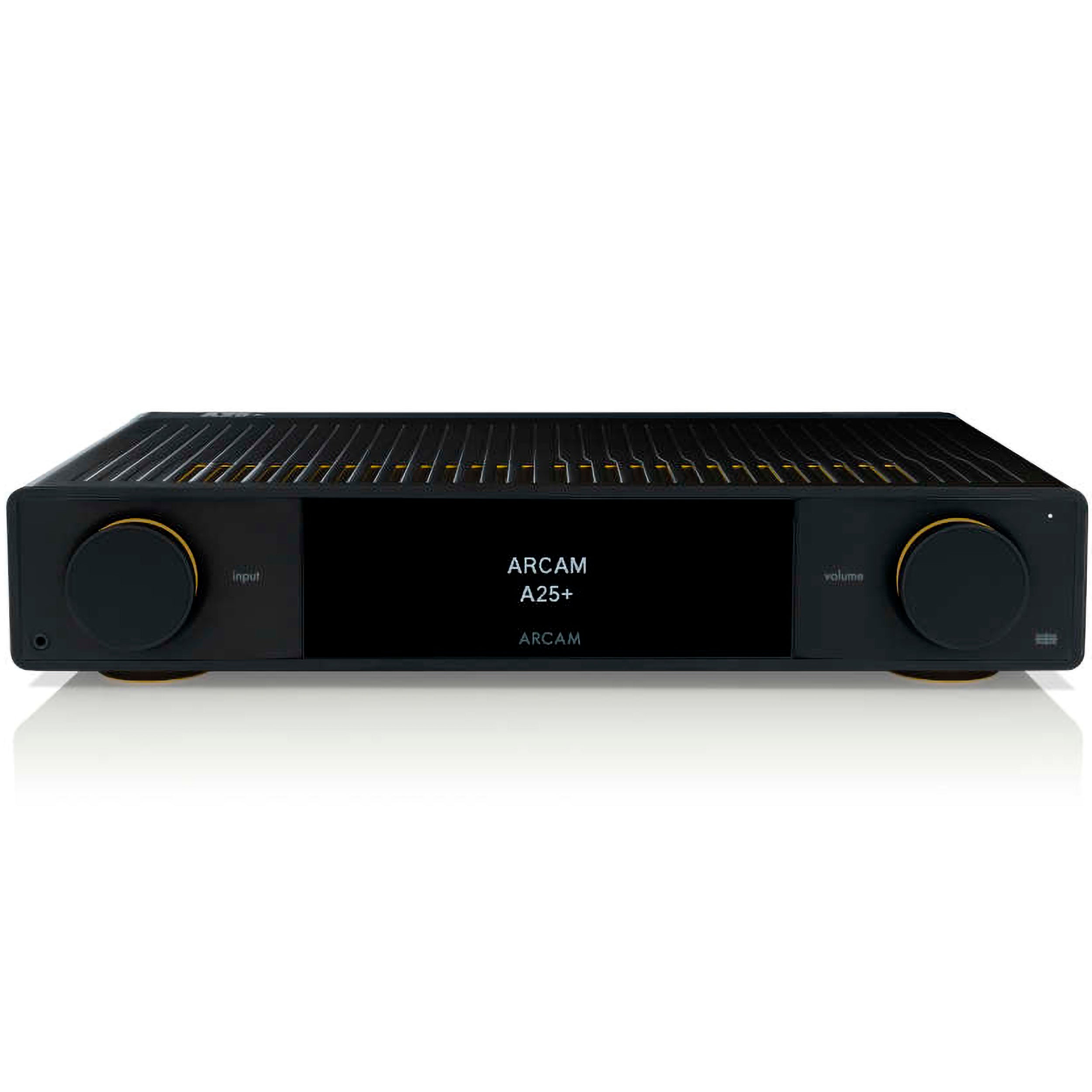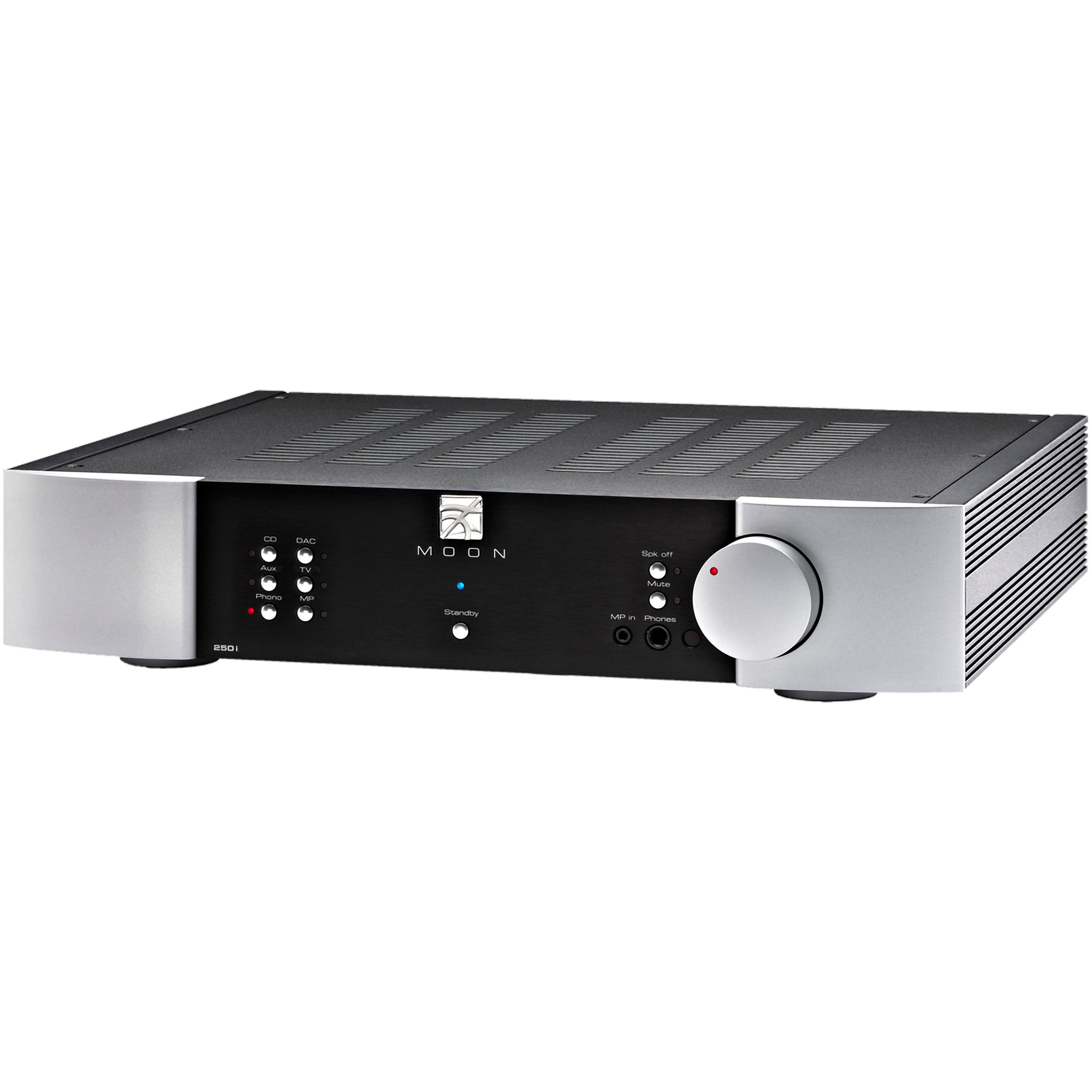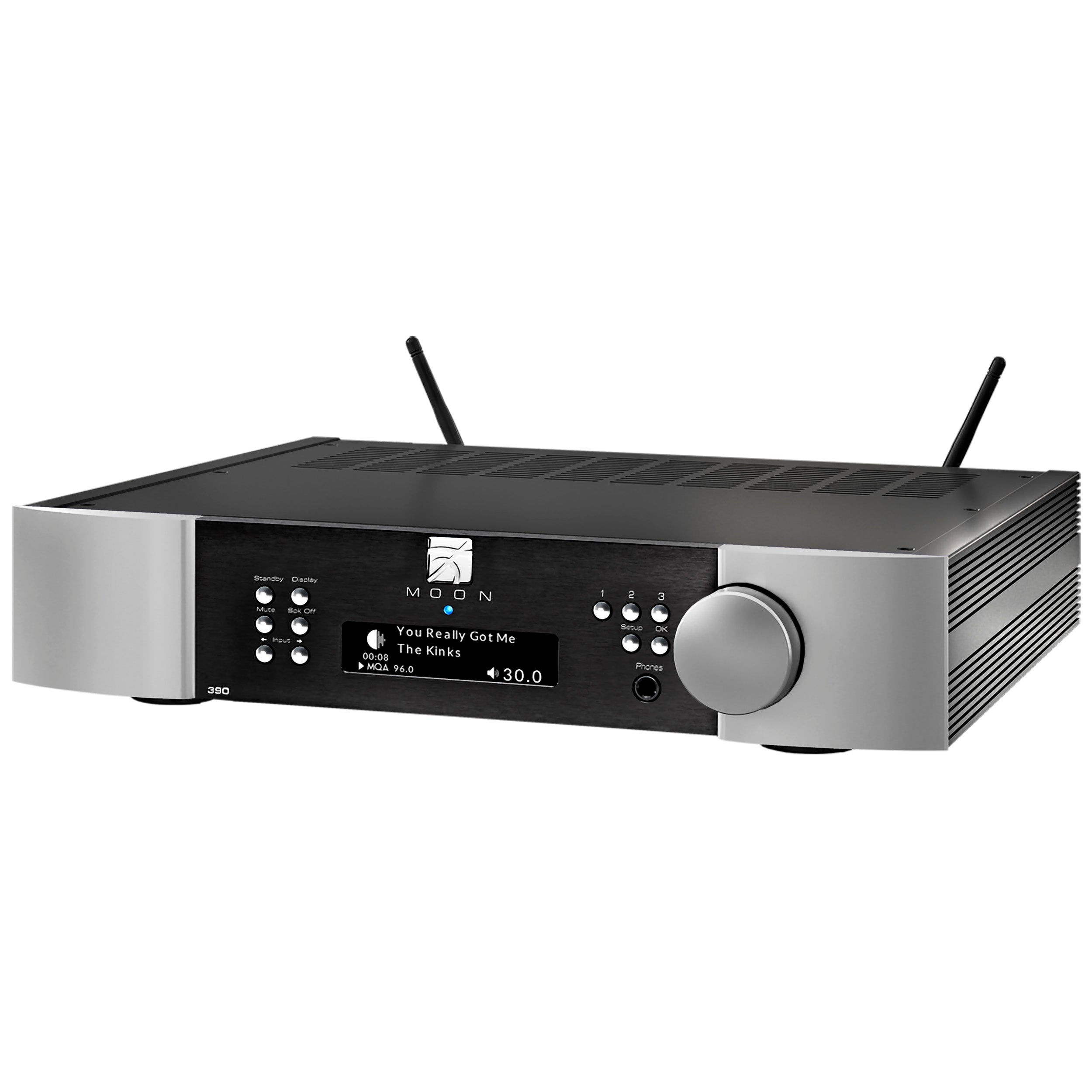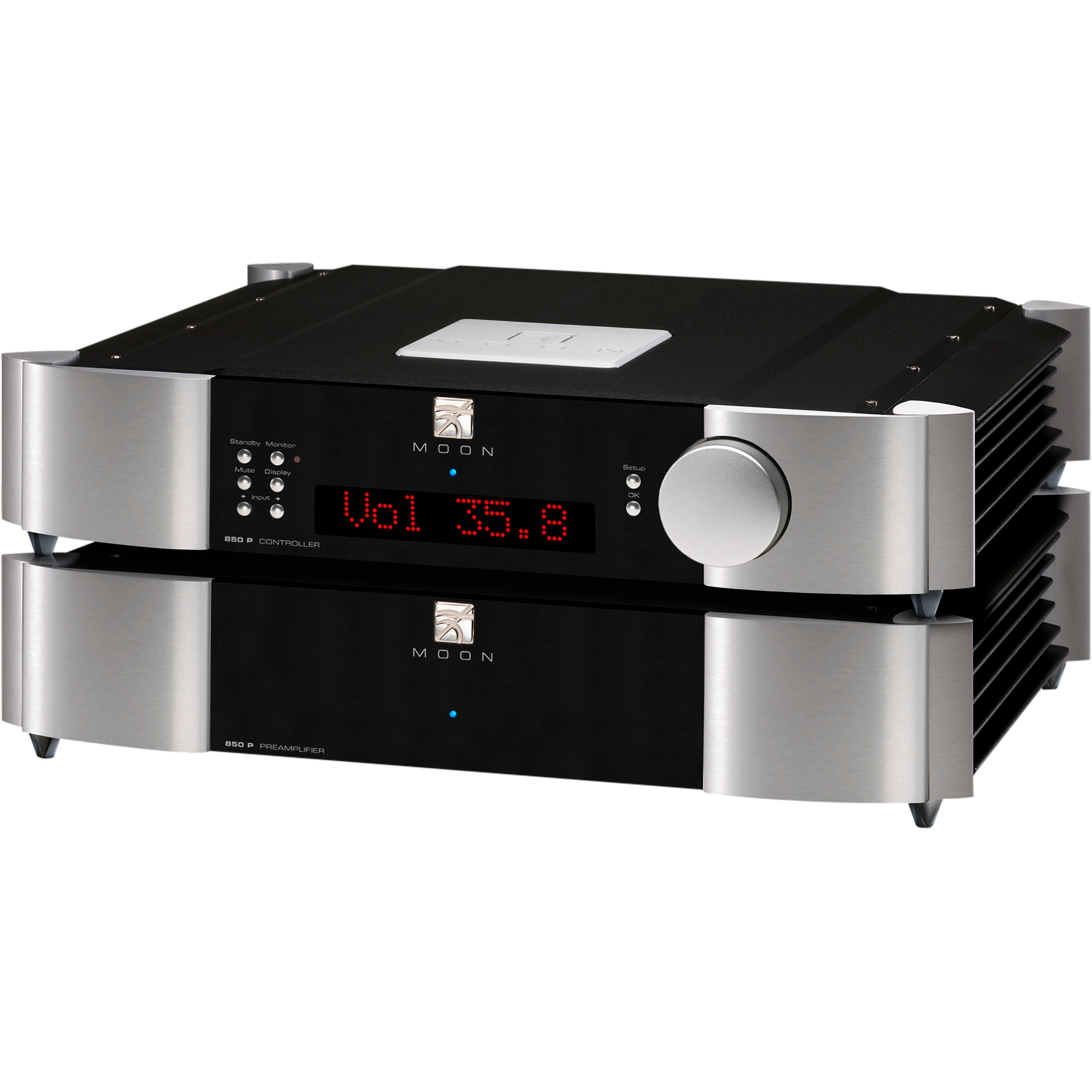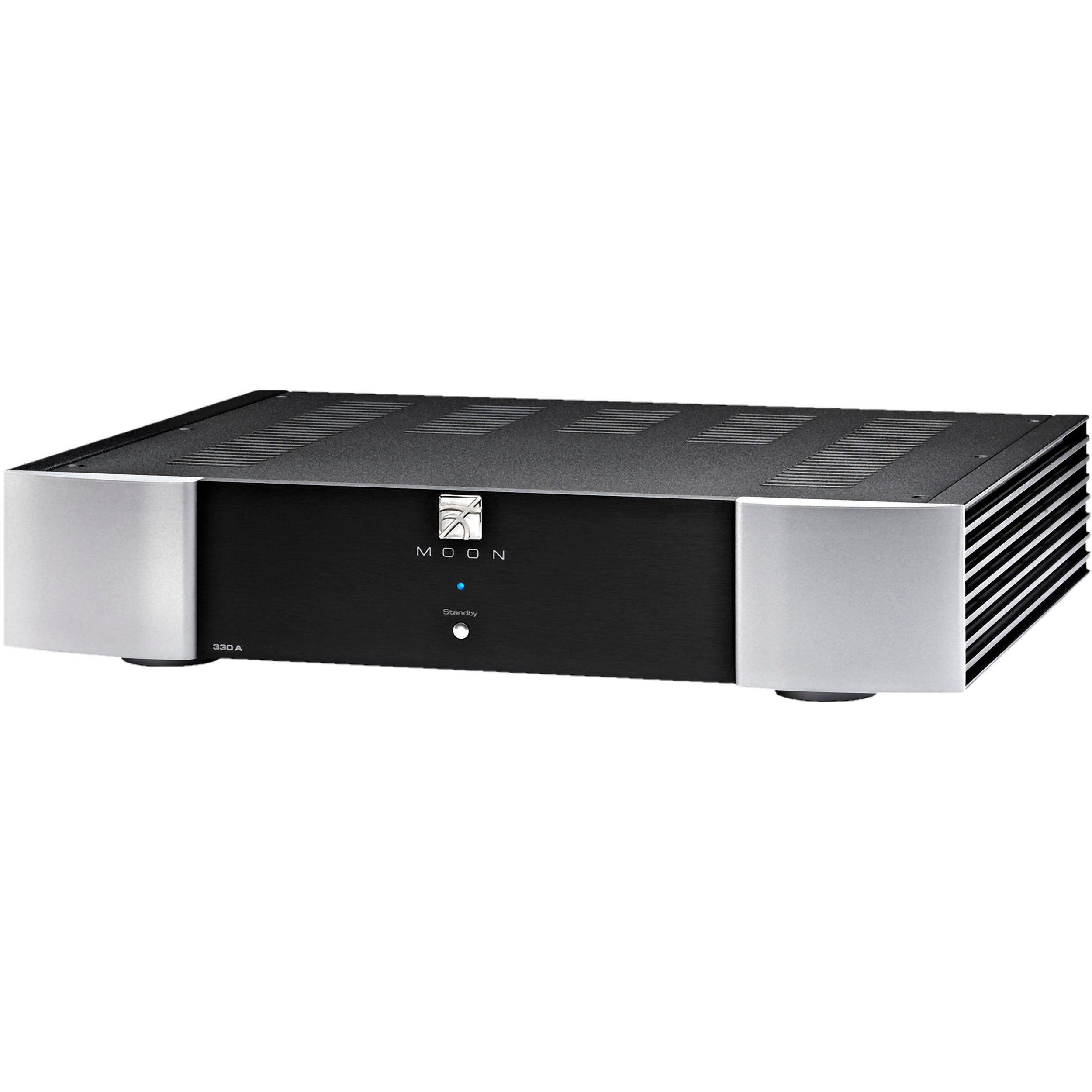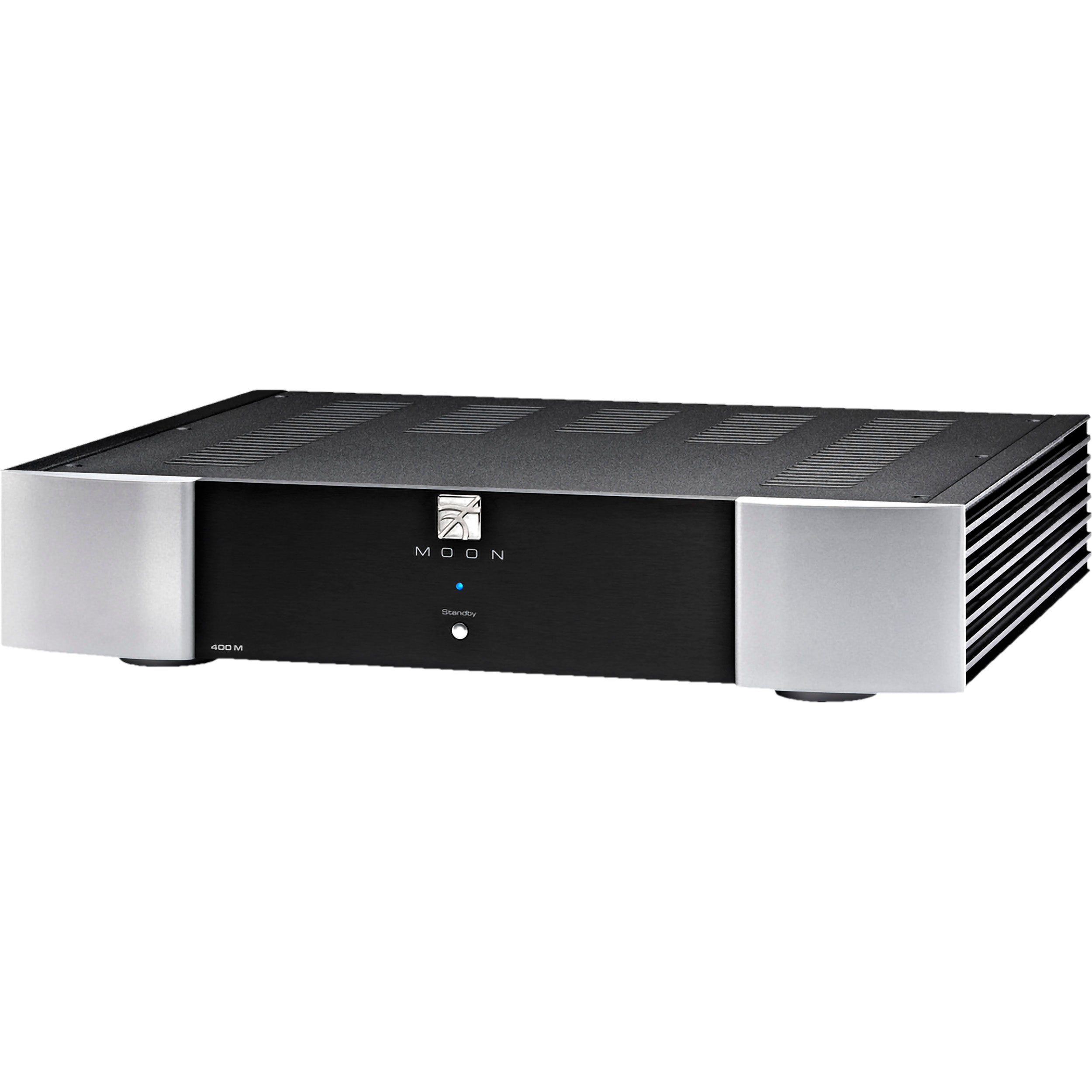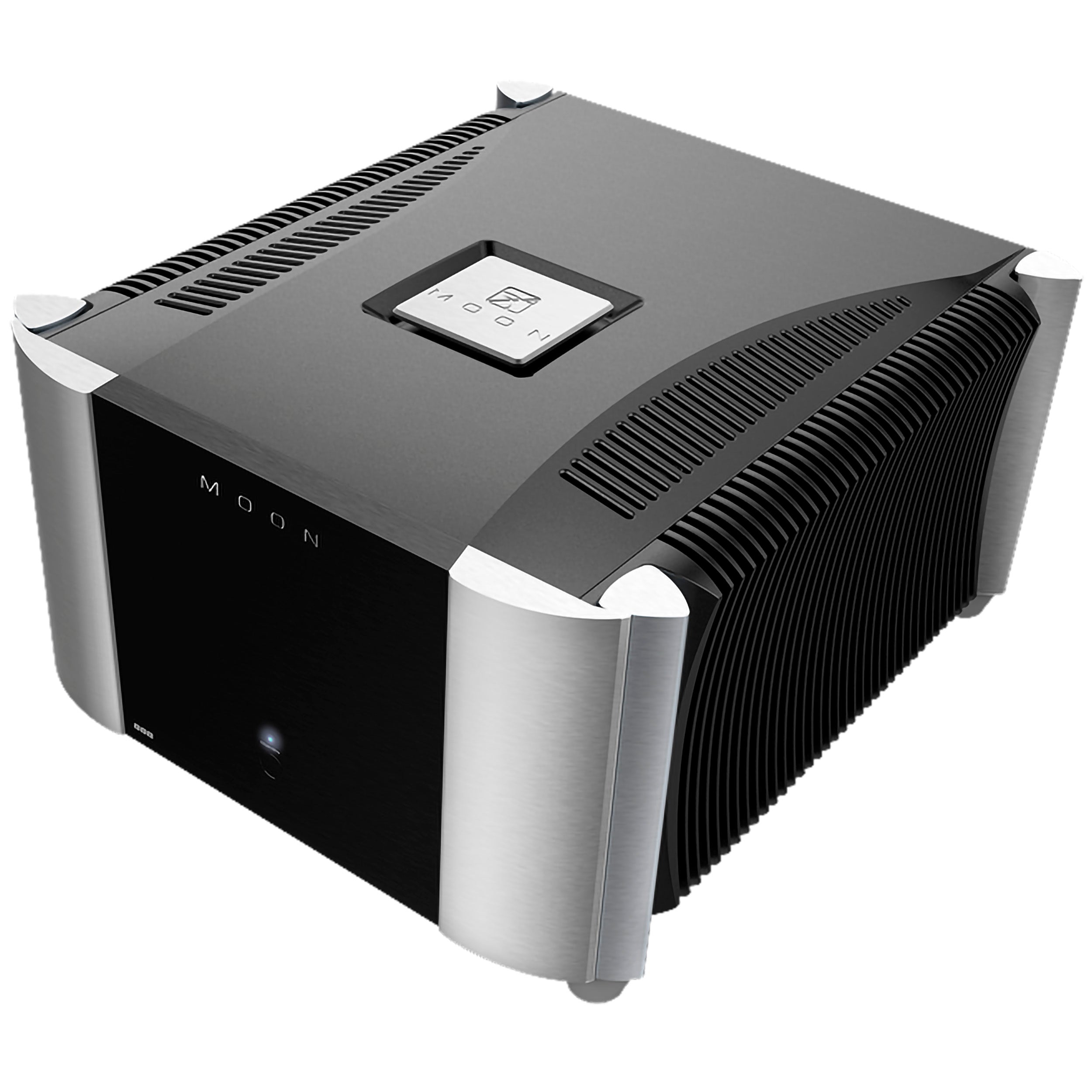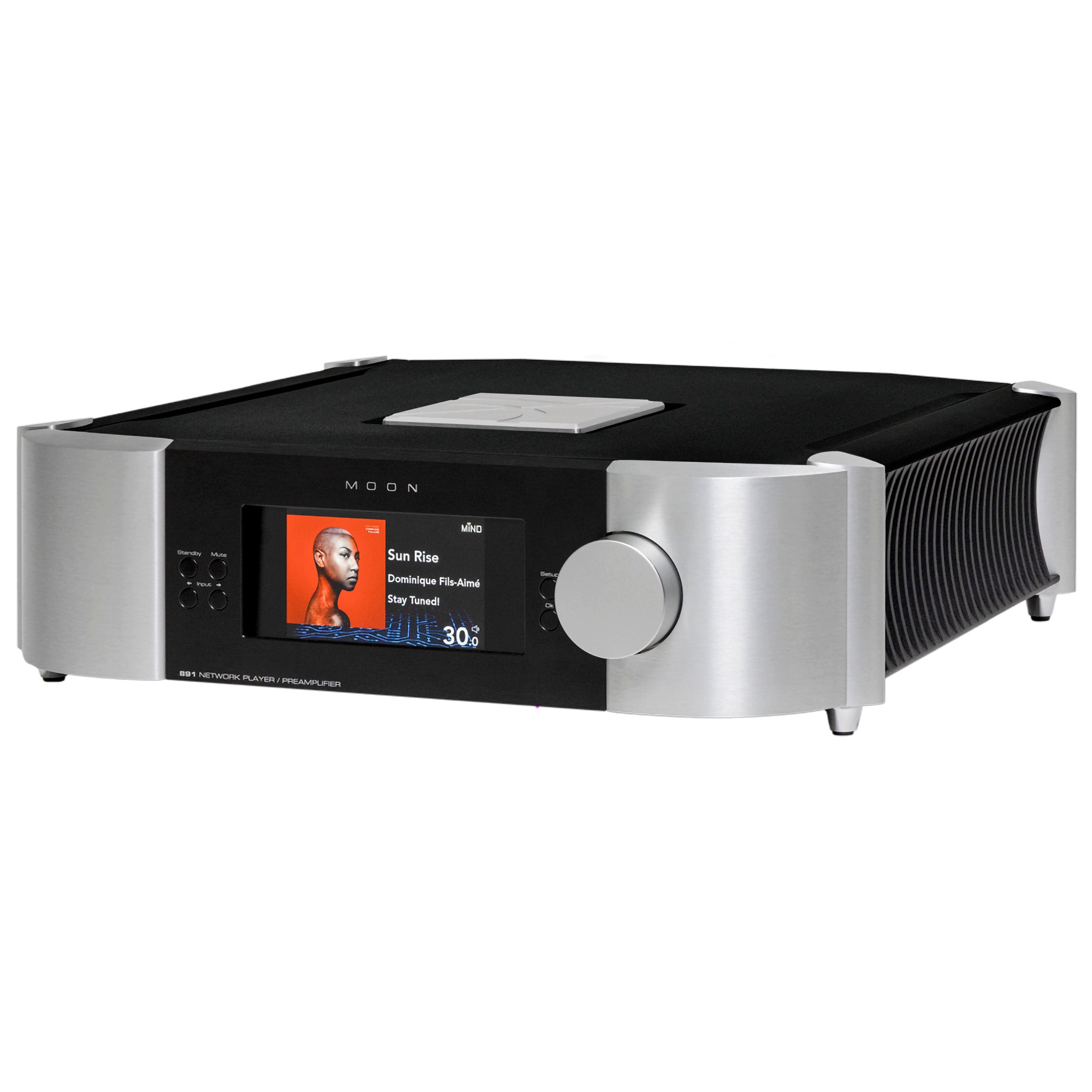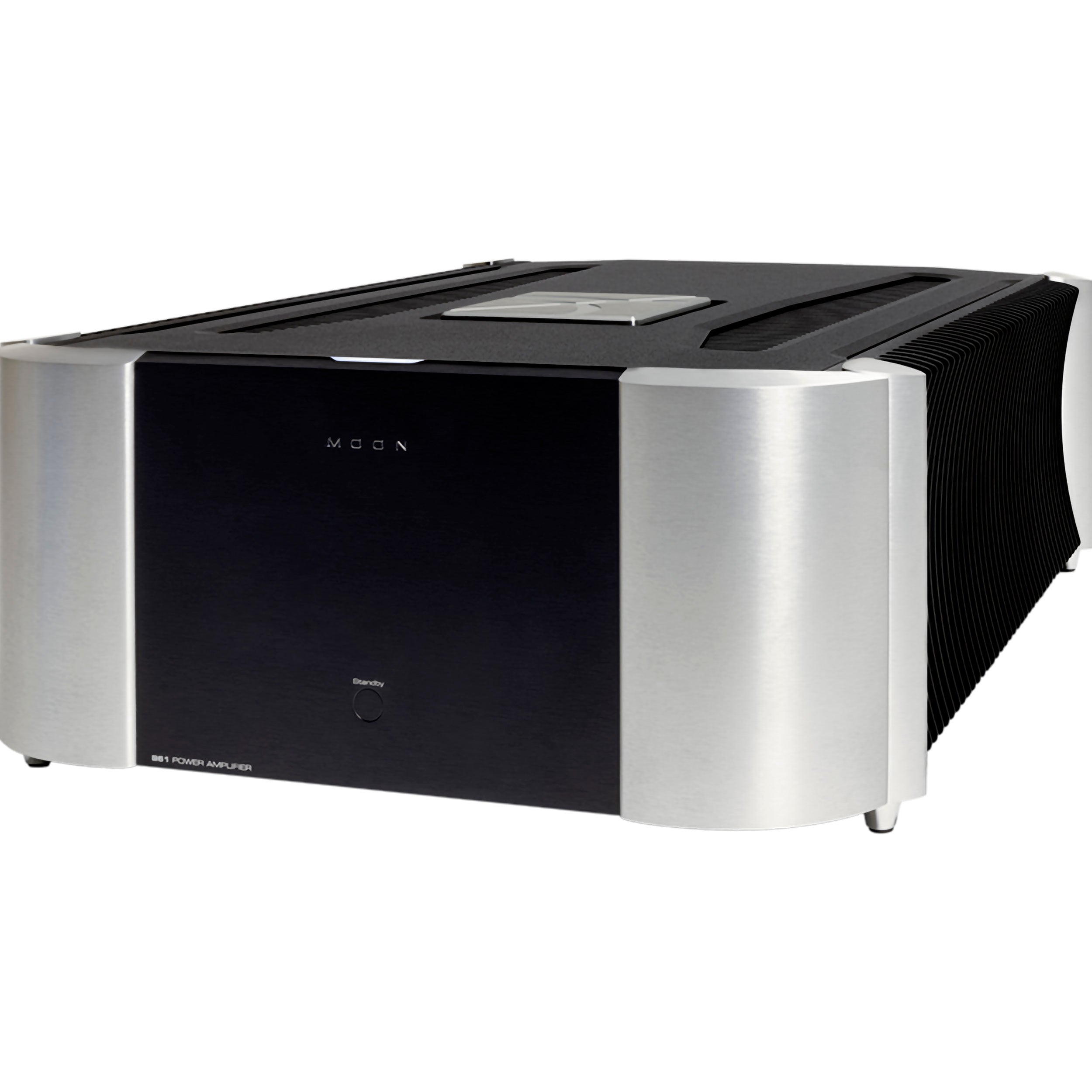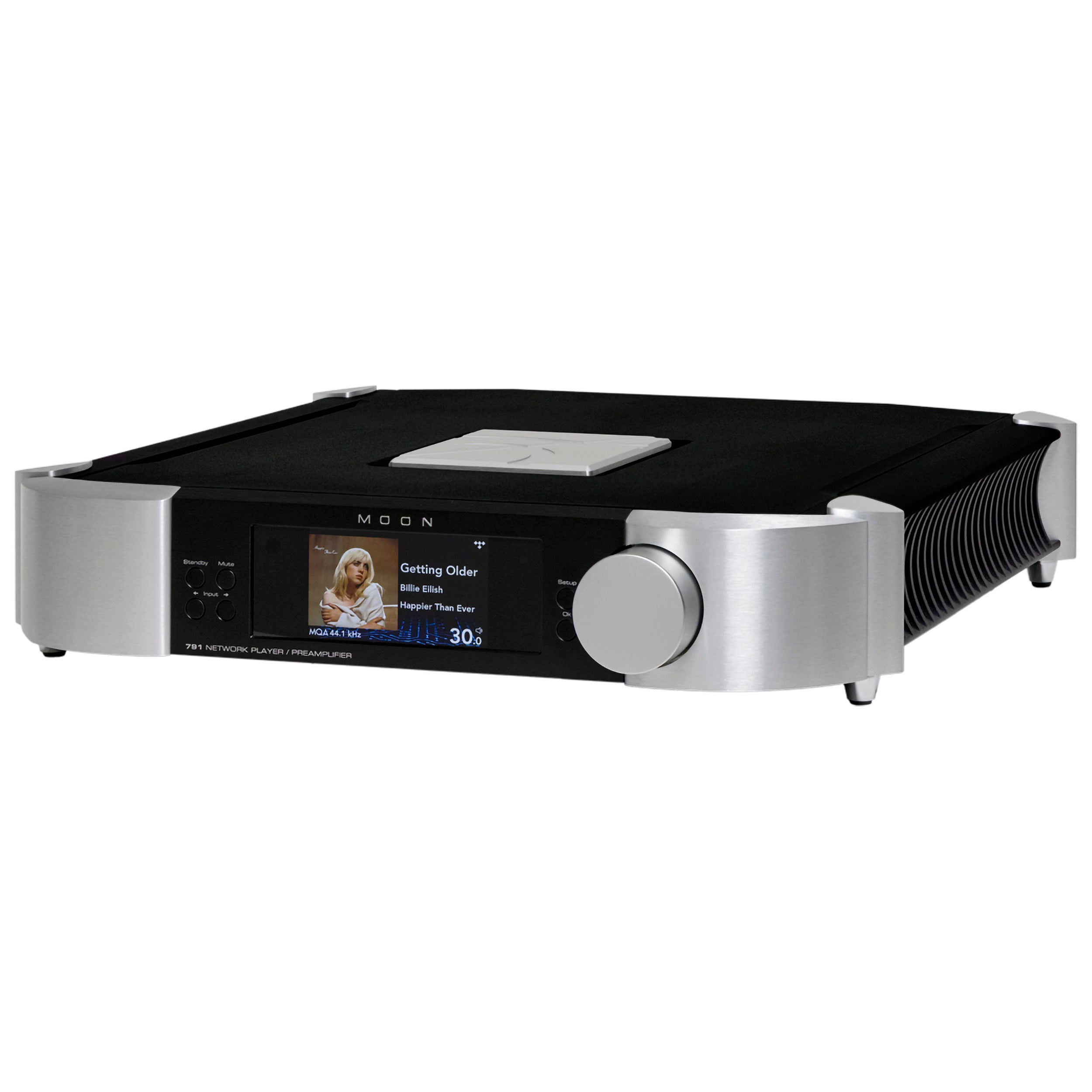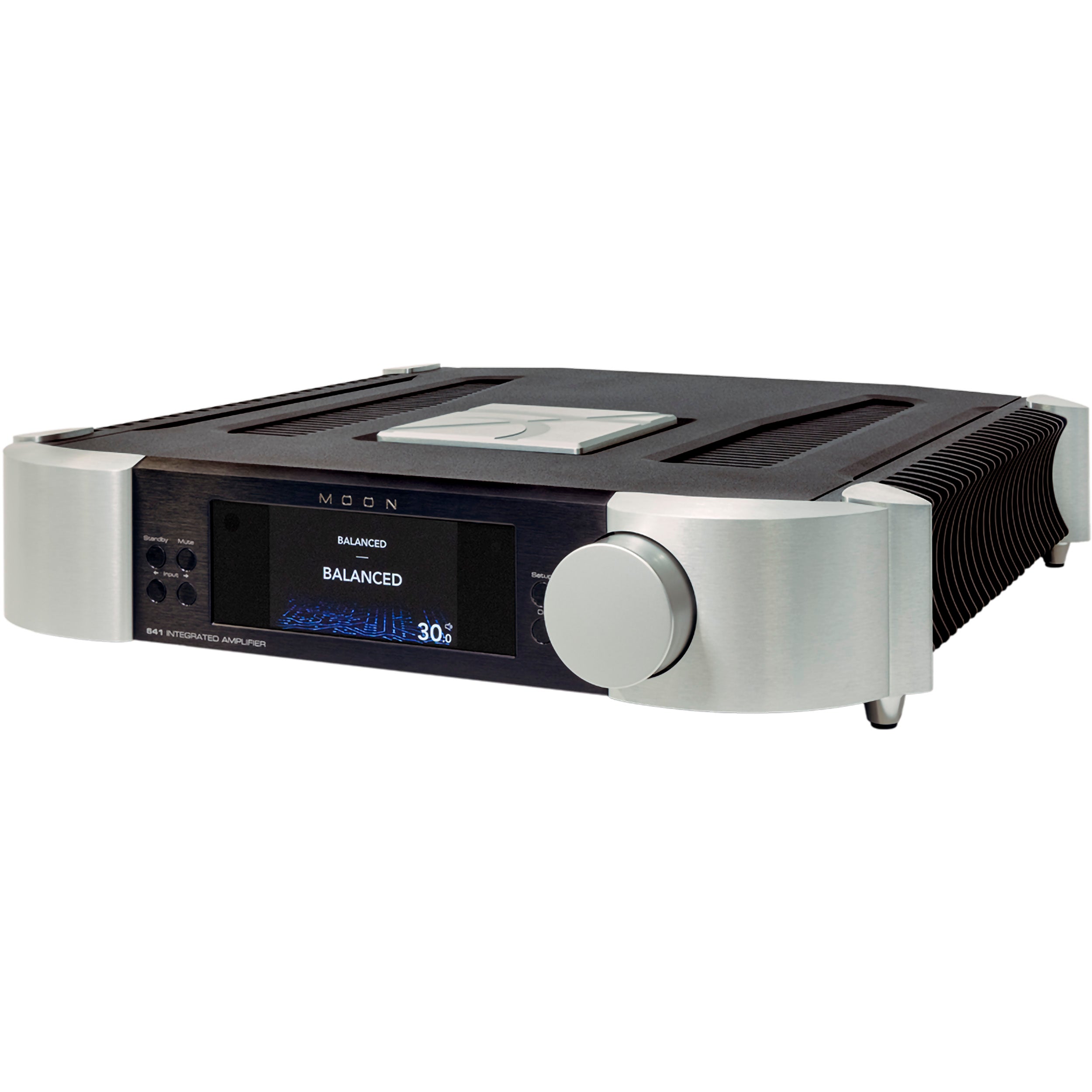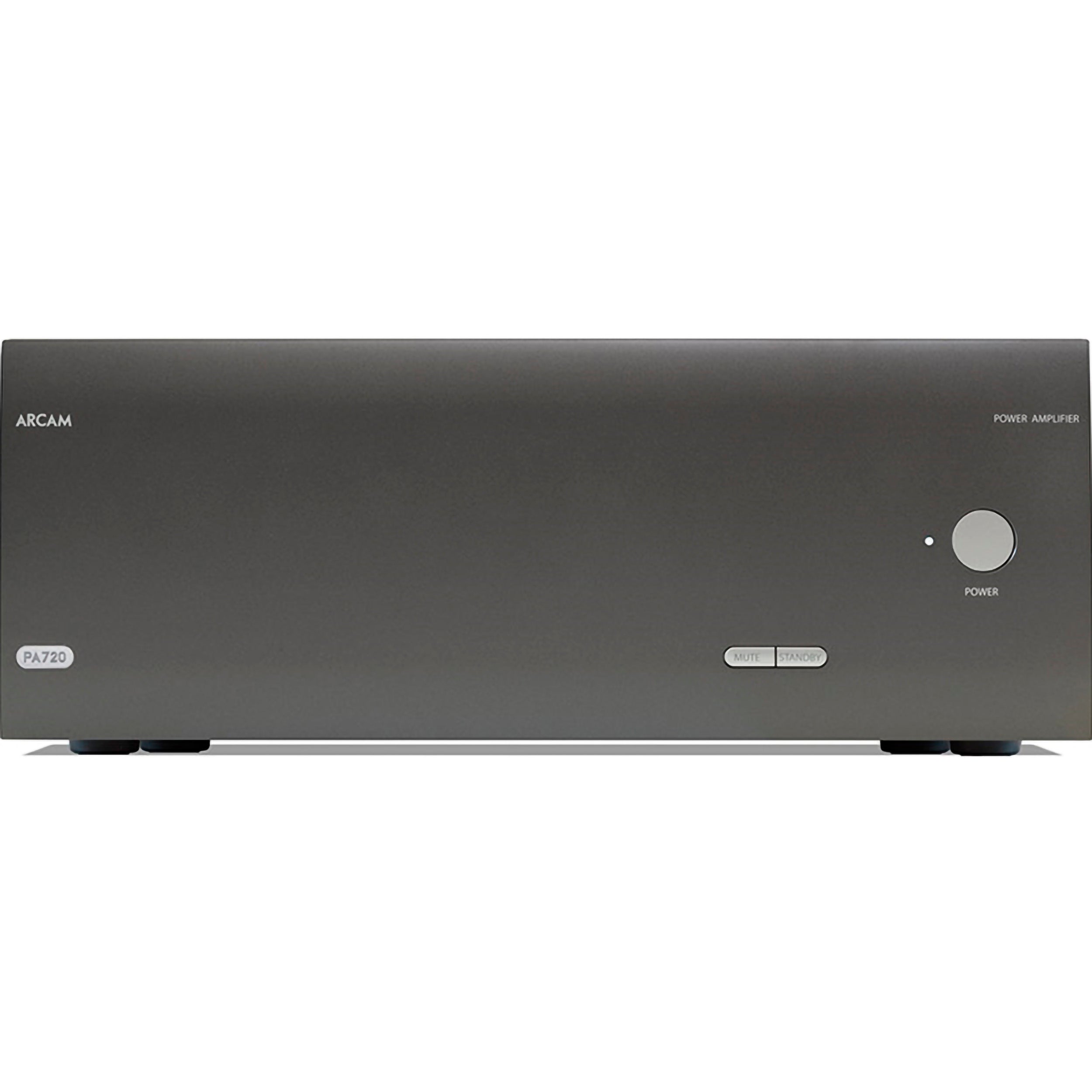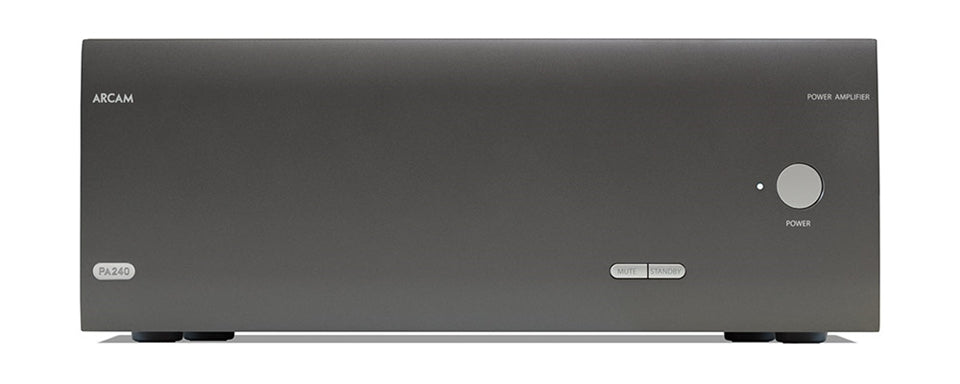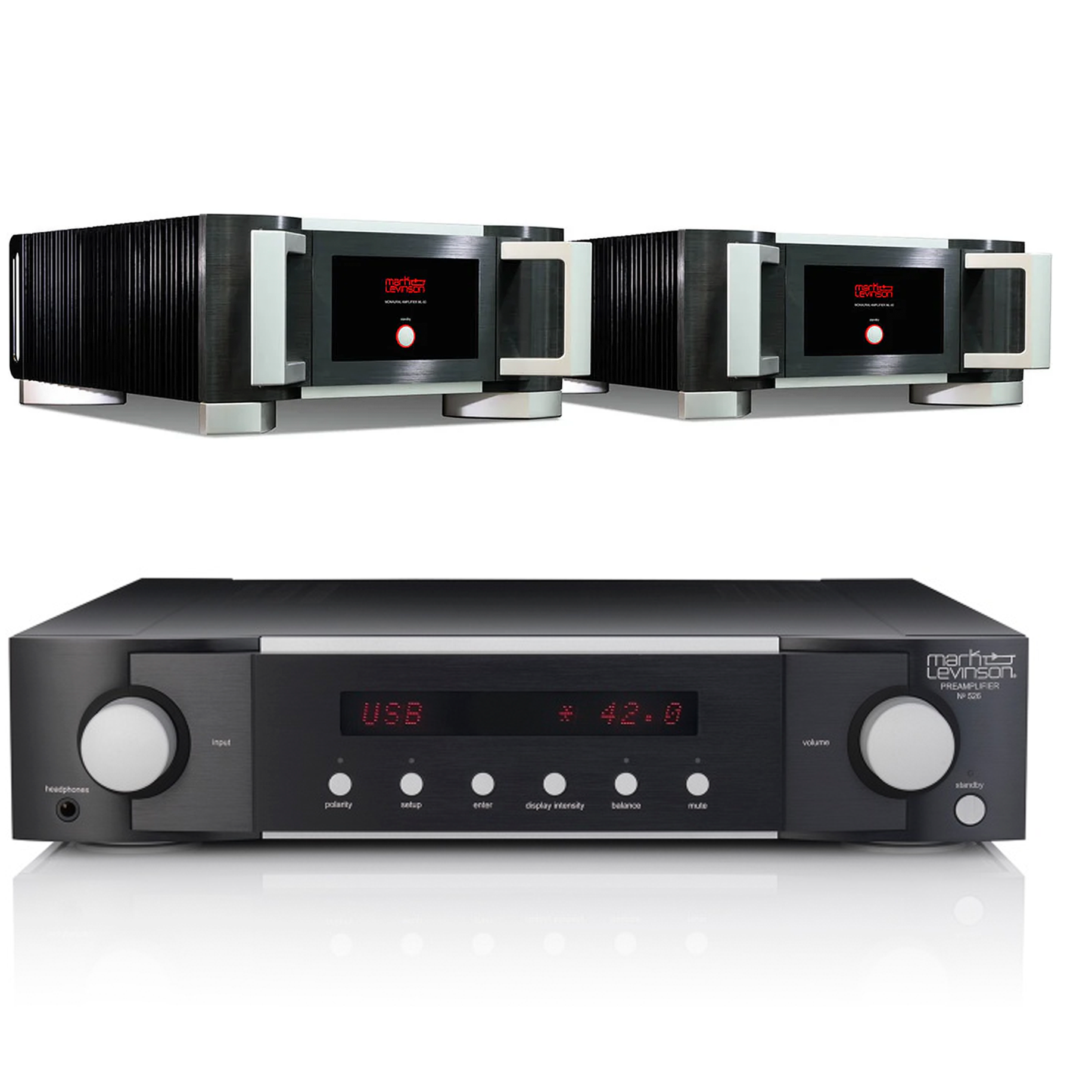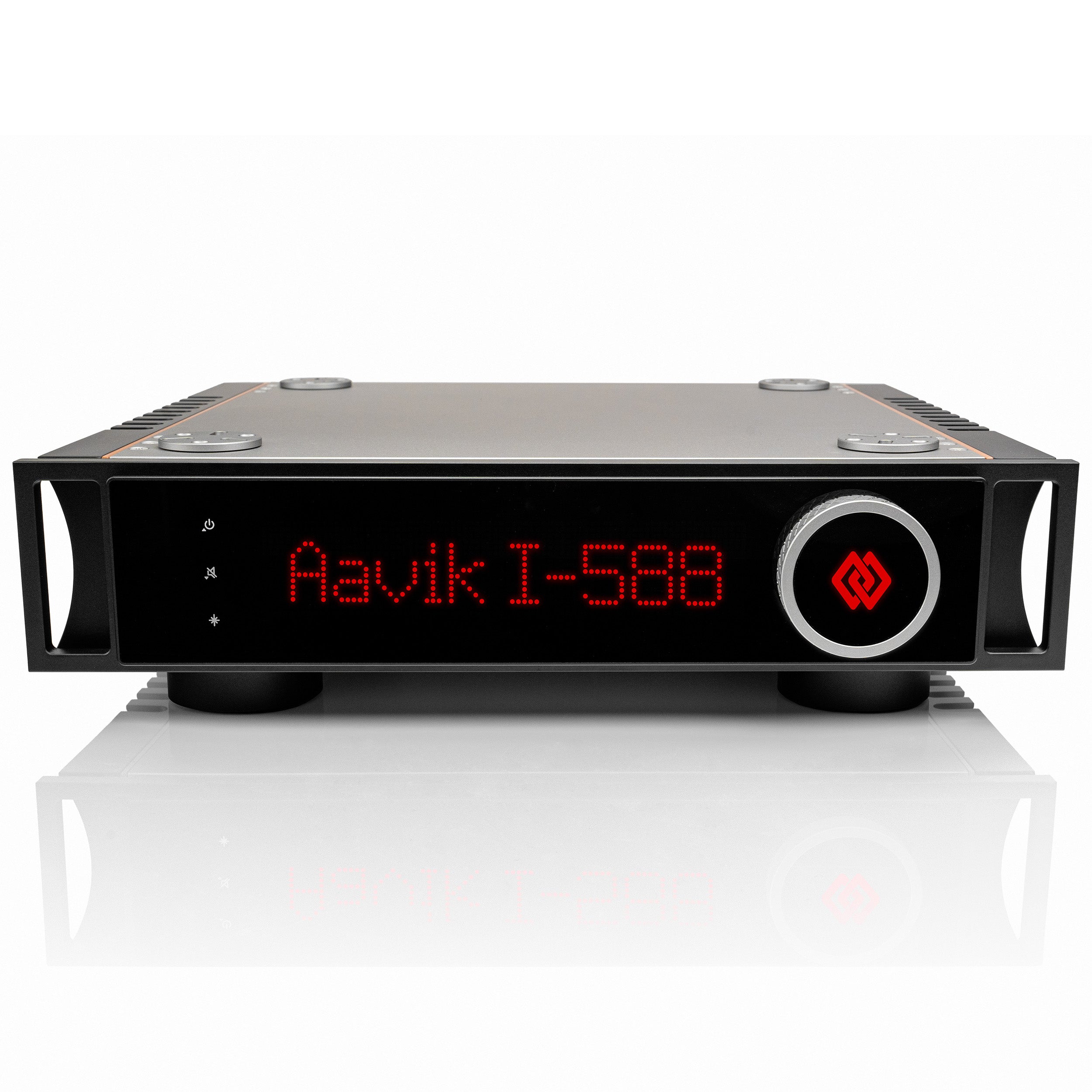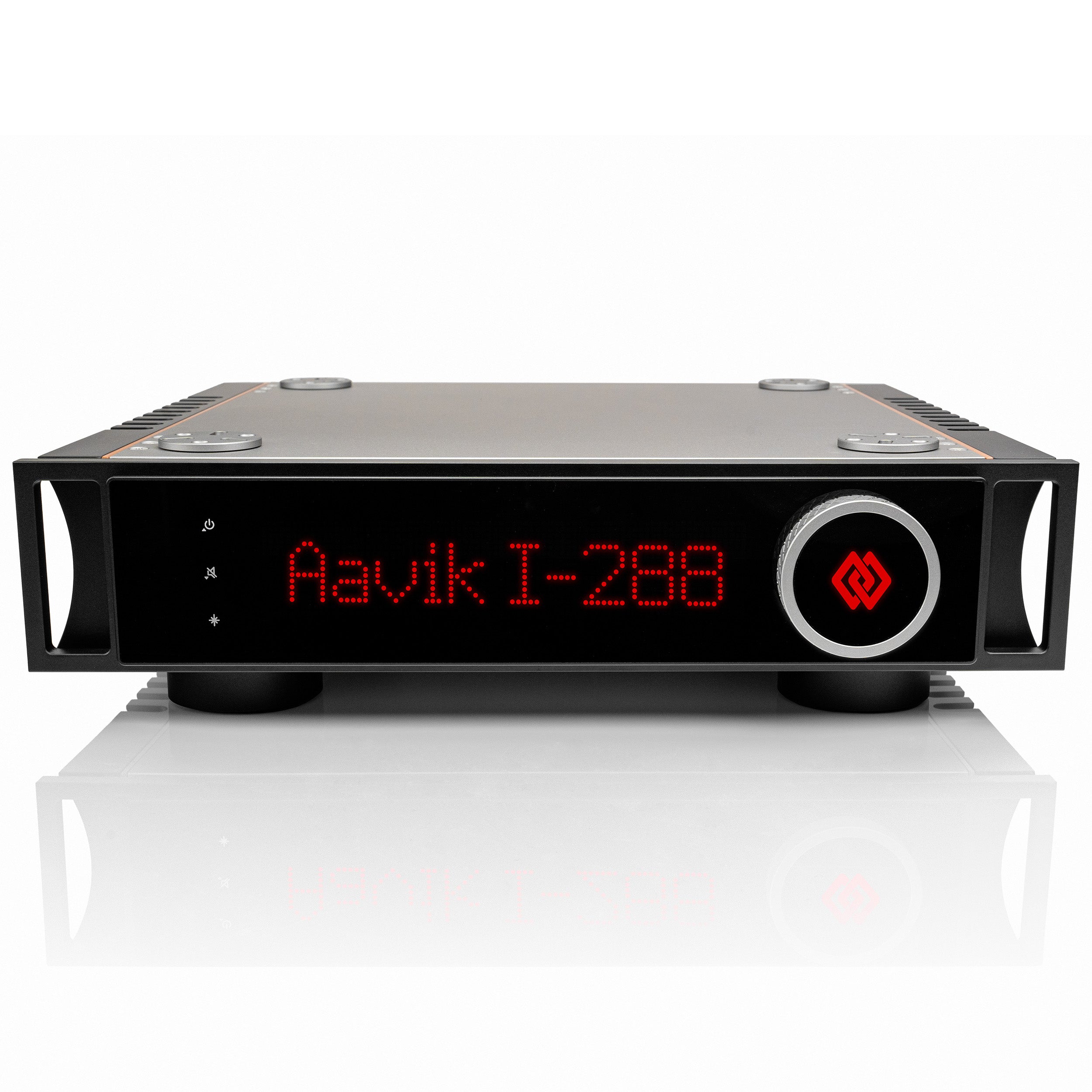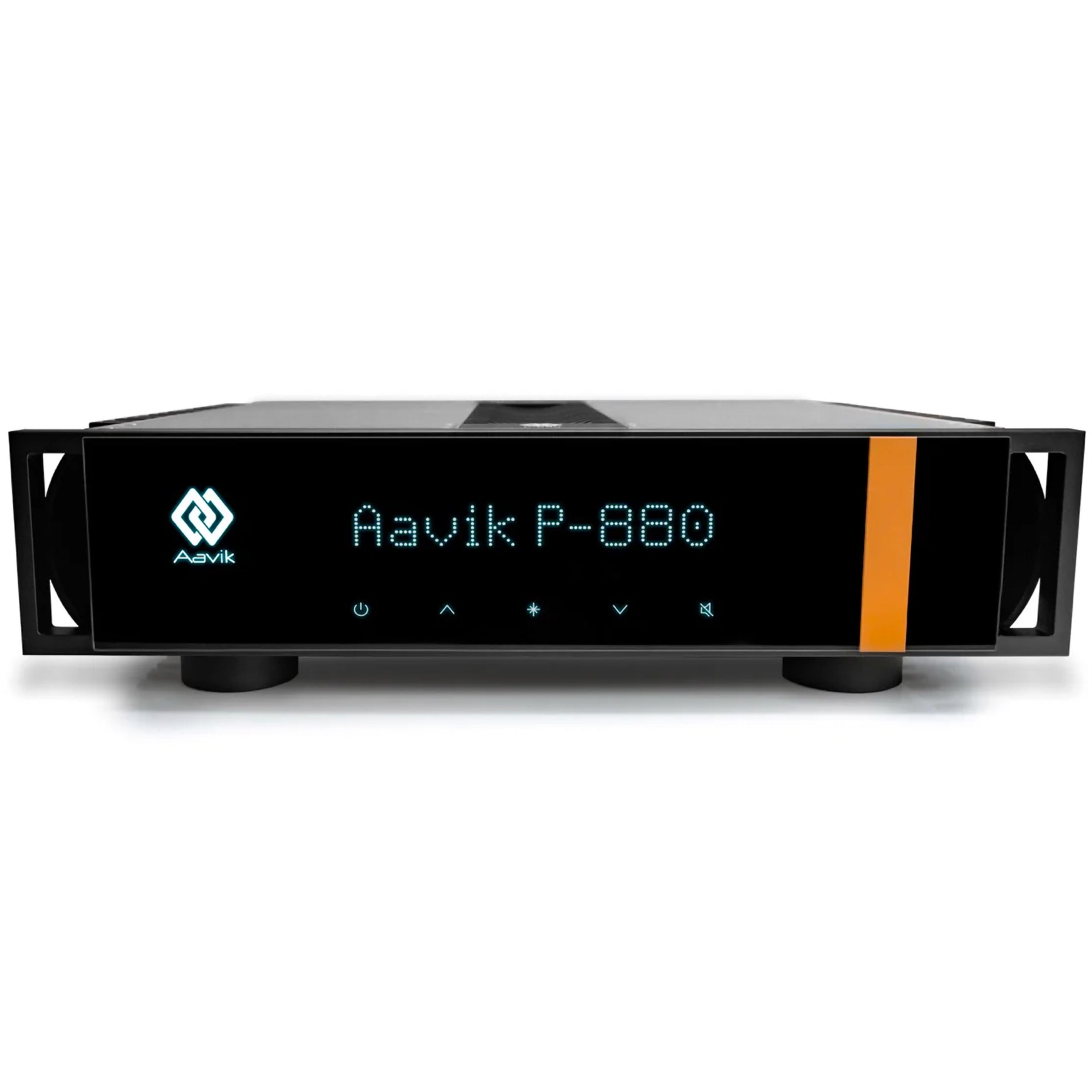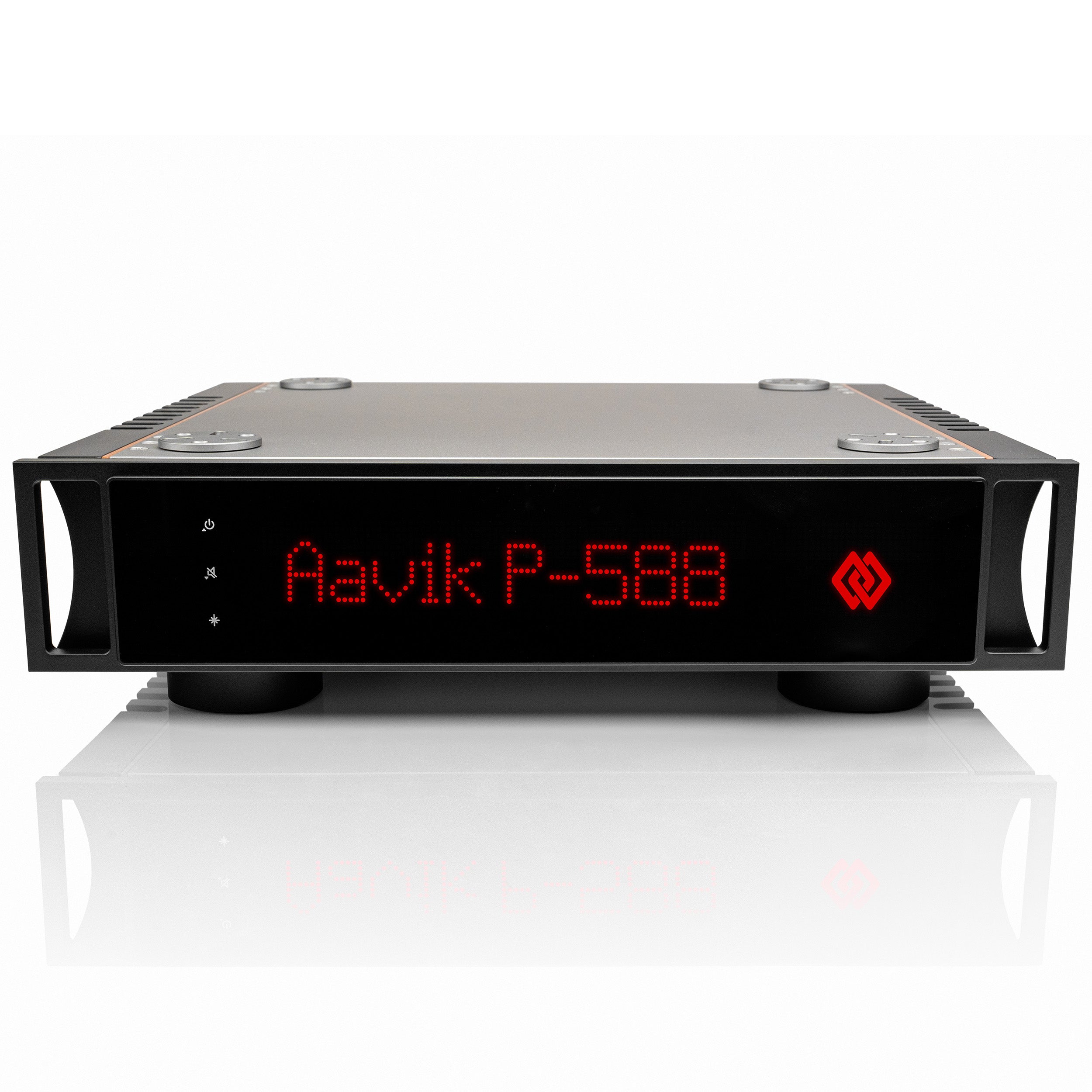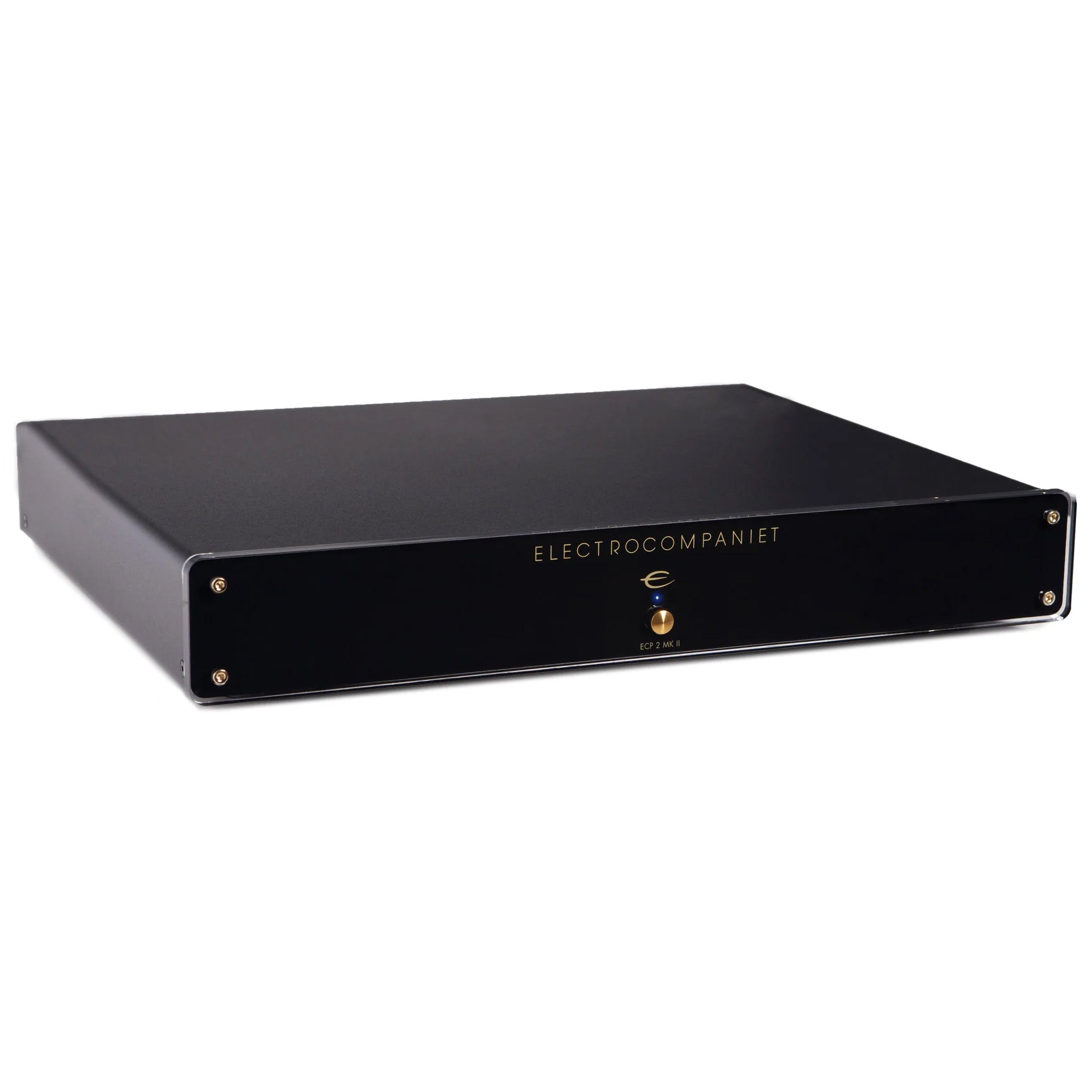Filters
What is an amplifier?
The amplifier is a necessary component in any form of sound reproduction, wherever sound is reproduced, an amplifier circuit will naturally be included. The task of the amplifier is, as the name suggests, to amplify a given signal from a given source, be it the signal from a CD player , streamer, record player or the like. The signals from these sources are themselves quite weak and therefore need to be amplified in order to be converted into audible sound.
An amplifier consists of two main components, a preamplifier section and a power section. The preamplifier section's job is to translate the signals from the source into a language the power amplifier section can understand so that it is then able to amplify the signal to your speakers.
The job of the power amplifier is to amplify the signal from the preamplifier and send this amplified signal to your speakers. The more powerful the power amplifier, the louder and louder you can play. In other words, you can say that the preamplifier section is the brain of the amplifier, and the power section is the muscles.
There are several different types of amplifiers, and in principle they all perform the same task: converting signals and simultaneously amplifying them into audible sound.
Integrated amplifier
The integrated amplifier is the most widely used and well-known type of amplifier we know, and it contains both a preamplifier and a power amplifier section in one and the same device. All the different sources you may have in your system are connected to the integrated amplifier, but the speaker cables are also connected here to be able to send the sound to your speakers.
Every integrated amplifier is equipped with a so-called volume control, which is where you adjust the volume to the desired level. There are different variants of the integrated amplifier, some are more powerful and larger than others, and some are equipped with both DAC and “streaming modules”. This means that you can in principle only need one device to play music in conjunction with your speakers.
Preamplifier & power amplifier
Here, technically, the integrated amplifier is divided into two devices. The preamplifier collects the signals from the sources and also functions as a control center, where adjustments are made in settings and volume adjustment, etc. This is where all your sources are connected, such as CD players, network players, turntables, TVs and the like.
The task of the power amplifier is to provide the power required to convert the preamplifier's signal from the sources to the audible sound that ends up in the speakers. The output of a power amplifier is measured in Watts. In simple terms, this is an expression of how loud and powerful you can play. The more watts, the louder the sound. As I said, this is a slightly simplified explanation, since the amount of power behind the stated watts also determines the power of the power amplifier.
Here it is more about choosing the right amplifier in conjunction with the right speakers. It is your speakers that determine how powerful a power amplifier you need. Some speakers require more power/power than others, and therefore it is important to take a closer look at the speaker specifications before choosing your power amplifier.
When should you choose separate preamplifier and power amplifier?
Technically and sonically, there can be several advantages in dividing the integrated amplifier into two devices. This gives you two separate power supplies, which often produce better sound because the sensitive components in the preamplifier are not disturbed to the same extent by the often noisy power supply from the power section. In addition, there can be a sonic advantage in having other sensitive components in the preamplifier separate from the power section. A split amplifier set also offers greater flexibility, as it is possible to replace either the preamplifier or the power amplifier separately for a different type or brand.
Although the separate pre/power amplifier set is often described as more ambitious and better sounding than the integrated amplifier, this is not always the case. Here it is of course also a question of the manufacturer's competence and of course also the quality of the amplifiers. In general, however, the separate amplifier set has technical advantages that, if done correctly, give better sound than the integrated solution.
5 Tips before choosing an amplifier
1). What are your needs for music reproduction? Do you often listen to music and appreciate the top sound quality, and do you also want and have the opportunity to listen to your music at realistic sound pressures, or do you simply need background music or to listen to the radio in everyday life?
2). How do you want to listen to your music? Do you only want to play your CD collection once in a while, or are you into vinyl records? Are you interested in playing your music through the various streaming services and therefore want a compact solution for this.
3). Which speakers do you want to use and what quality are they? Should they be small compact speakers or larger floor speakers? This is a very important factor when choosing a suitable amplifier.
4). What sound do you want? Are you into big, realistic top-class rock concert sound that requires juice and power, or are you more into classical or acoustic music.
5). Choose an amplifier that is reasonably priced in relation to the rest of your system.
Please listen to the amplifier together with the selected speakers before you decide, and consult professionals if you are in doubt. You cannot read how a given amplifier will play together with the selected speakers.
The different types of amplifiers
There are many different types of amplifiers that use different technologies to achieve a specific sound signature.
Class A and A/B amplifiers
The traditional class A/B amplifier or class A amplifier as we typically know it by using the well-known transformer and large load listening capacity is still the most widely used technology. This type of amplifier has been tried and tested and refined over decades, and many enthusiasts still swear by this solution. However, these types often get hot, and therefore suffer a certain loss of power compared to a class D variant. This is of course what they are designed for. These types are typically a little warmer in their playing style than the class D amplifiers.
Class D amplifier
The newer class D technology, which is built without the well-known transformer, has gradually gained greater and greater recognition, and has been rapidly developing worldwide in recent years. These have certain technical advantages compared to the typical class A/B amplifier. In short, there are fewer components in the amplifier that do not use a transformer, but instead calculate when it needs power. This generally results in less noise and less loss of power. A class D amplifier is often characterized by being fast, and at the same time resolved and neutral in its reproduction, at the same time a class D amplifier emits virtually no heat.
Tube amplifiers
Tube amplifiers are a less common amplifier type that uses tubes to create effect and at the same time a typically warm and flowing sound signature. This type of amplifier is often used by audiophiles who want this warm and flowing sound.
A tube amplifier is often used with a set of lightly powered speakers. With this type of amplifier it is possible to change the sound as needed by replacing the various tubes in the construction, however this generally requires both knowledge and experience, and things like bias adjustment and tube replacement are not a task for Mr and Mrs Denmark.
In addition to the types mentioned here, there are also the so-called hybrid amplifiers, these typically use a mixture of the above technologies to achieve a special sound signature. You should be able to find out which amplifier you need by reading the above and of course with advice and guidance from our competent professionals from Lydspecialisten.
We are always ready to help you find the right amplifier for you and your needs.

























